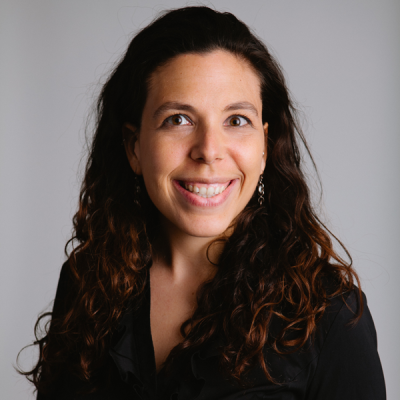A new study evaluates the SEED School of Washington, D.C.—which, according to authors, is the “nation’s first urban, public, college-preparatory boarding school.” Located in Southeast Washington, it serves roughly 320 students between grades six and twelve. Most of the students admitted are African American, low-performing, and economically disadvantaged. The school operates under the assumption that breaking the cycle of poverty requires a holistic intervention that provides students with a safe place to live, regular healthy meals, caring adults, and resources like libraries and extracurricular activities that middle and high-income communities take for granted. Analysts from MDRC analyzed how the SEED program is run and whether being offered a seat impacted student academic and behavioral outcomes.
Because the school is a part of D.C.’s annual admissions lottery—open by law to any student who resides in the city (meaning that the school cannot select its students based on need or demographics)—researchers were able to identify two comparable groups totaling 766 students: those who applied and were randomly accepted, and those who applied and were denied, between 2006 and 2011. Of the accepted group, 80 percent were eligible for free or reduced-price lunch, and a little less than 50 percent scored at or above proficient on district reading and math exams.
As for the program itself: Students arrive Sunday evening and remain on campus until Friday afternoon. During this time, they learn in an environment that researchers found rich in academic supports during and after the school day. Students receive college counseling and instruction in behavioral, social, and life skills, and high schoolers learn about the transition to college. Students generally reported that they believed these skills to be important for their future. There are also extracurricular activities, as well as health and other support services. For middle school students in particular, the program is highly regimented and scheduled.
To measure the school’s effect on student outcomes, analysts looked at the entering sixth- and seventh-grade cohorts’ short-term academic impact and long-term academic and behavioral outcomes. Because only the students entering the early years of the study had time to graduate before it ended—and because only about half of the school’s students remained through the twelfth grade—the sample size of the long-term analyses was small (two hundred students).
In the short run, the researchers found that being offered a slot increased the seventh-grade cohort’s first-year math achievement by 0.24 standard deviations, on average, compared to students denied admission. That is equivalent to the SEED group receiving an extra three-quarters of a school year of instruction. By the second year, math gains for SEED students equaled 1.5 years of extra growth. Reading impacts were negligible in year one, but they exceeded the growth of those denied admission by approximately one year of growth by year two. As for longer-term academic effects, the SEED group was no more likely to graduate high school in four years or to attend college, and their test scores after four years at the school were not significantly different from those of the comparison group (though they did take more foreign languages and physics classes).
Admission didn’t affect behavioral outcomes like study skills, self-control, alcohol use, or teen pregnancy. SEED kids did spend more time on homework, but they showed an increased likelihood of partaking in negative behaviors, such as skipping school, arguing with parents, and fighting. Admitted students also scored lower on measures of grit or perseverance.
The authors point out that kids who lost the lottery attended a variety of traditional, magnet, and charter schools due to D.C.’s “innovative” choice climate, implying that the comparison group and their schools weren’t too shabby. Moreover, the SEED group’s reported home living environments weren’t significantly worse than the comparison group’s, so perhaps the paucity of observed differences might be due to the fact that the groups were actually pretty similar. (This would not be surprising given that SEED is legally prohibited from selectively admitting students with greater outside-of-school needs). The behavioral outcomes in particular should give school leaders pause and encourage them to evaluate their programs. And the academic effects raise the question of whether the school could be more successful if they could retain kids over their entire middle and high school careers.
SOURCE: Rebecca Unterman, Dan Bloom, D. Crystal Byndloss, and Emily Terwelp, "Going Away to School," MDRC (June 2016).


